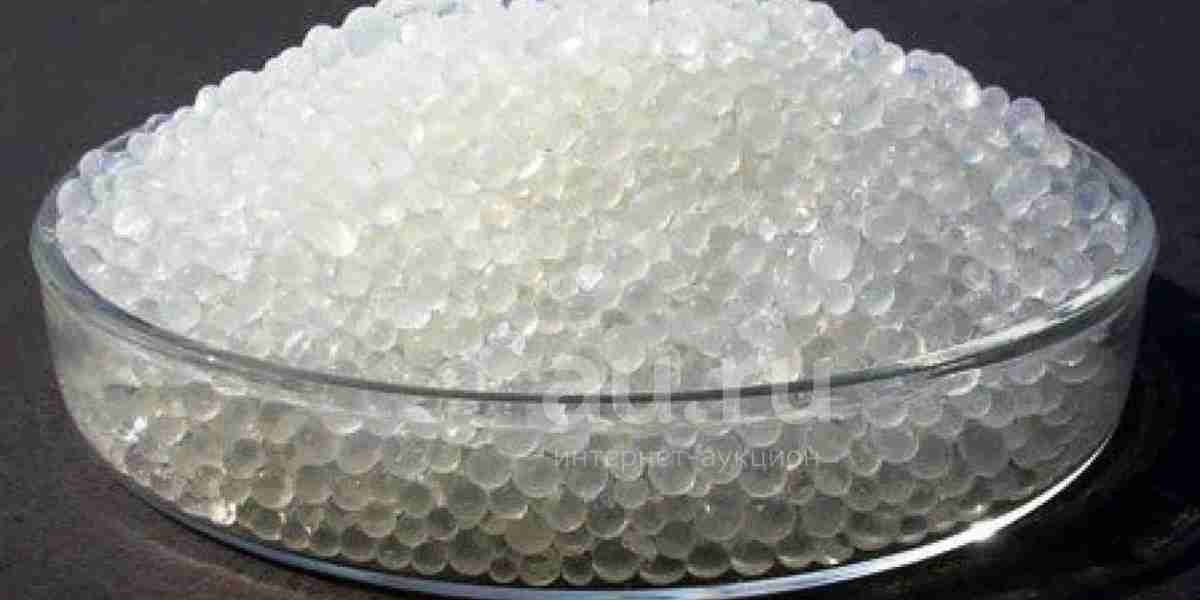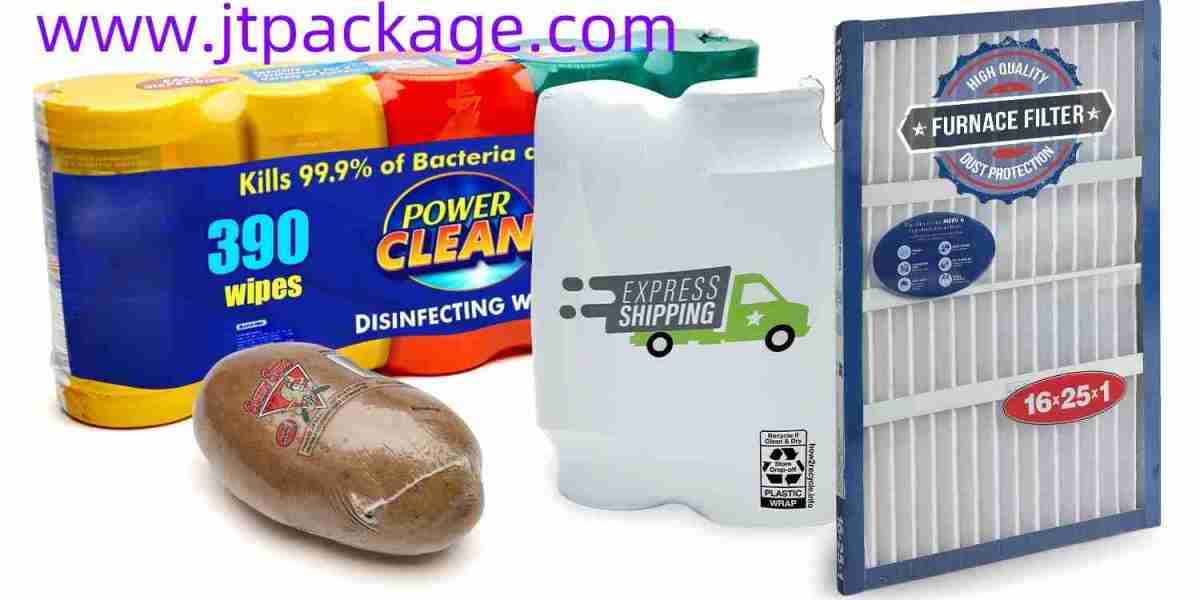As we look toward the future, the adsorbent market is seeing remarkable growth, particularly in industries such as pharmaceuticals, biotechnology, and food safety. These sectors, driven by increasing regulatory demands, consumer safety concerns, and technological advancements, are relying more heavily on adsorbents for their purification, separation, and safety needs. In 2025, this demand is forecasted to continue expanding as new applications emerge and the industry adopts innovative materials and processes to meet heightened standards.
Pharmaceuticals: Purity and Precision in Drug Manufacturing
The pharmaceutical industry has long been a major consumer of adsorbents, using them for processes like solvent recovery, drug purification, and removal of contaminants in the production of active pharmaceutical ingredients (APIs). However, with stricter global regulations, particularly around product purity and contamination control, the role of adsorbents has become even more critical.
Activated carbon and silica gels are widely used for purifying solvents and chemicals in drug manufacturing, ensuring that impurities are removed without compromising the integrity of the final product. In addition, new advances in adsorbent materials are allowing for more precise separations, such as isolating specific isomers or compounds, which is crucial for producing high-quality drugs.
The increasing focus on biopharmaceuticals, such as monoclonal antibodies and cell therapies, is further driving the demand for adsorbents. These therapies require highly specialized purification processes that can only be achieved with advanced adsorbents that ensure the integrity and safety of the biologics. In this area, adsorbents designed for high selectivity and low leaching properties are being developed to meet the complex requirements of bioprocessing.
Moreover, regulatory pressures are prompting pharmaceutical companies to adopt adsorbent-based systems for removing residual solvents, heavy metals, and endotoxins, which are often found in the raw materials and byproducts. With increasing FDA and EMA scrutiny, adsorbents are becoming indispensable in ensuring compliance with Good Manufacturing Practices (GMP) and other stringent industry standards.
Biotechnology: Enhancing Efficiency in Bioprocessing
The biotechnology industry is another key area driving the growth of the adsorbent market. As biotech companies ramp up production of enzymes, biofuels, vaccines, and other biologically derived products, adsorbents are being increasingly relied upon to enhance process efficiency and ensure product purity.
Adsorbents play an important role in downstream processing, including protein purification, enzyme separation, and the removal of byproducts or impurities that might hinder biological reactions. New adsorbent materials, including those designed for affinity chromatography, are making it possible to selectively capture and purify biomolecules with high yield and minimal loss.
Zeolites, in particular, are seeing growing use in biotechnology applications, where their uniform pore structures enable precise separations based on molecular size, shape, and charge. These materials are crucial in large-scale biomanufacturing, where high throughput and low-cost operations are essential. Additionally, advancements in bio-based adsorbents are appealing to the biotechnology sector, where sustainability is a key concern.
Food Safety: Adsorbents Protect Consumers and Improve Quality Control
In the food industry, safety and quality control are paramount, and adsorbents are playing an increasingly significant role in ensuring both. Food safety concerns such as contamination with heavy metals, pesticides, mycotoxins, and harmful microorganisms are prompting food manufacturers to adopt advanced adsorbent-based technologies to safeguard public health.
Activated carbon is extensively used in the food industry for decolorization, deodorization, and purification of edible oils, syrups, and beverages, helping to remove impurities that could alter taste, color, or nutritional content. Moreover, food-grade silica and clay-based adsorbents are being used to eliminate contaminants and improve the shelf life of packaged products, which is increasingly important in the global food supply chain.
The rising demand for organic, natural, and allergen-free foods is also pushing for more sustainable and effective purification techniques. Adsorbents designed to remove chemical residues or artificial preservatives are gaining popularity, particularly as consumers seek safer and cleaner food products. Additionally, emerging technologies in adsorbent materials, like molecularly imprinted polymers (MIPs), are being used to selectively remove specific contaminants from food products with unmatched precision.
Looking Forward: Continued Expansion and Innovation
As the demand for purity, safety, and sustainability intensifies across pharmaceuticals, biotechnology, and food safety, the adsorbent market is poised for continued growth. In 2025 and beyond, technological advancements in adsorbent materials will continue to meet the evolving needs of these industries. The focus will be on creating highly specialized, customizable adsorbents that deliver superior performance in increasingly complex applications.
From innovative biocompatible adsorbents for biopharmaceuticals to sustainable, eco-friendly materials for food processing, the future of the adsorbent market is closely tied to advances in material science, regulatory evolution, and industry demand for safety and efficiency. The shift toward greener, more selective, and highly effective adsorbent solutions will enable these industries to meet both consumer and regulatory expectations—while opening up new avenues for market expansion.




